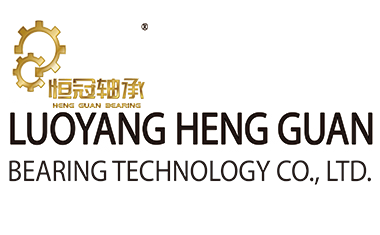Importance of the difference between the two grooves of the double-row ball slewing bearing
Slewing bearings have unique load-bearing characteristics and are usually used in lifting machinery, excavators, slewing tables, wind turbines, and other equipment. Most slewing bearings below three meters have four-point ball structures. The load-bearing size determines the height, diameter, and size of the steel ball in the groove of the slewing bearing.
If a large-load slewing bearing is required but the diameter size is limited, the bearing capacity of the slewing bearing can generally be improved by increasing the steel ball. If the increase in the steel ball still cannot meet the load-bearing requirements, the structure of the double-row ball slewing bearing can be used. The double-row ball slewing bearing meets the use requirements of limited outer diameter size but still requires large loads. It not only saves materials, but also improves the performance of the slewing bearing, so that the slewing bearing has a larger axial radial load and tipping moment.

How to ensure the accuracy and mutual difference of the double-row ball slewing bearing groove?
The grooves of the slewing bearing are divided into plane grooves and arc grooves. The grooves of the four-point contact ball bearing and the double-row ball bearing are typical arc grooves; the grooves of the cross roller and three-row roller bearings are typical plane grooves. From the processing technology, the processing difficulty of arc groove is greater than that of plane groove, so the accuracy level and actual processing parameter control naturally have higher requirements.
Especially for double-row ball turntable bearings, the grooves are two parallel arcs. In theory, the two rows of balls are subjected to force and run at the same time during the rotation process, but the absolute probability of simultaneous force and operation is very low, which only exists in theory. During the processing, the double-row ball groove is allowed to have a certain error, which is not enough to affect the overall operation state of the slewing bearing, and can basically ensure that the double-row ball is subjected to force at the same time and rotates flexibly and smoothly.
This mutual difference is generally required to be within 0.03mm in the process. In order to achieve this goal, in the process of bearing grinding, the machine tool needs to have good accuracy and the workers need to have skilled operation level. If you want to achieve zero clearance or negative clearance of double-row ball, the mutual difference needs to be controlled within 0.01mm. For double-row ball slewing bearings, only by controlling the mutual difference of the grooves can the slewing bearing play its theoretical bearing capacity and play its characteristics.




